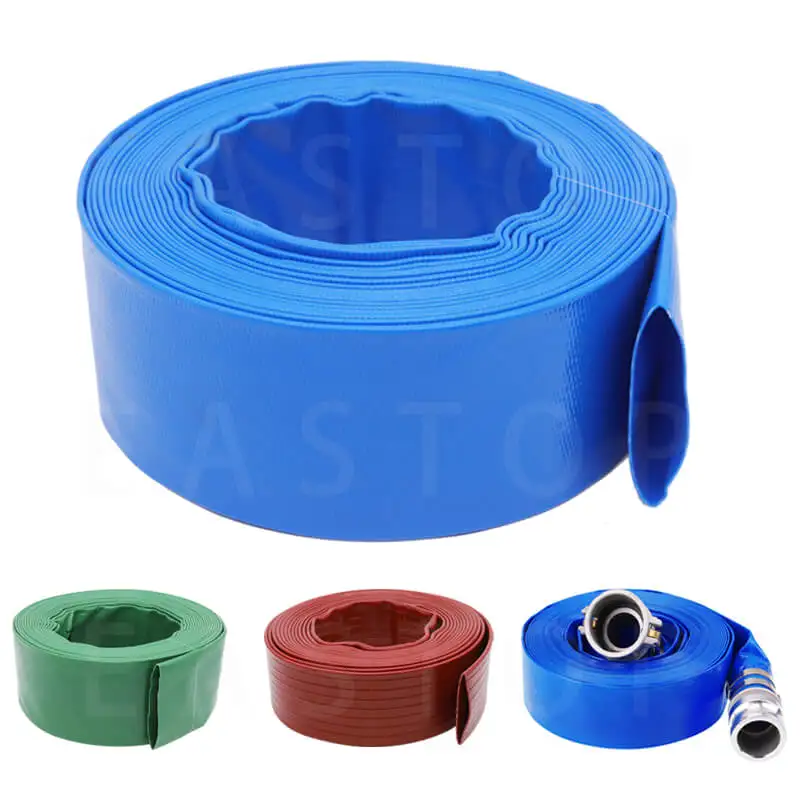In industrial applications, the ability of a PVC hose pipe to bend is important to the overall performance of the system. There are many components that can determine the flexibility of a hose, ranging from the chemical structure to the surroundings in which it’s used, and this knowledge can be of huge importance to companies like ours, Eastop, who are seeking the perfect hose for particular kinds of use. With that out of the way, now here’s what actually makes a PVC hose pipe more flexible in industrial applications.
Chemical composition of PVC hose pipes explained
Polyvinyl Chloride is a kind of plastic that’s used for lots of things, including hosepipes. PVC hose pipe is fairly stiff because of the heavy amounts of chlorine in its chemical composition. But manufacturers, including Eastop, can mix in plasticizers, which are chemicals that soften PVC and make it pliable. The kind and quantity of plasticizers added has a significant effect on how flexible the hose will be. This is everything because a more flexible hose not only can withstand more twist and squeeze without snapping.
Effect of temperature on flexibility of PVC hose pipes
A PVC hose behaves quite differently depending on the temperature. When it is very cold, the flexible pvc hose pipe can get harder and less flexible, and that may cause it to crack when flexed. And on the other hand, if you creating high temperatures, it can make the PVC too soft and then it will stretch or deform under pressure. This is why it is important for companies like Eastop to take into account the environment in which the hose will be used, and ensuring it performs well under those temperature conditions.
Effect of internal pressure on flexibility in the PVC hose pipe
The diameter of the hose, and the pressure inside the hose vs. the flexibility. Increased pressure in the hose may cause the hose to expand, increasing the stiffness. And if a hose is not rated to handle high pressures, it may burst or collapse. That’s why, for example, Eastop manufactures hoses with particular pressure ratings so they can handle expected loads without losing their hand.
The impact of reinforcement on flexibility
To allow clear pvc tubing to accommodate more pressure without sacrificing flexibility, they can be reinforced with layers of other materials, such as fiber or wire. These reinforcements make the hose a stronger asset that can handle high pressure. The design and construction of each hose ensures that the product works well in most industrial applications without kinks, without leaks, and without costing you an arm or a leg.
Striking the balance for industrial longevity
For the PVC hose to be used in industry, it must be flexible yet durable. Because it is a matter of achieving the right compromise of softness for flexibility and stiffness for strength. Here at Eastop we concentrated on formulating hoses to satisfy those requirements by balance the chemical compounds and based on the environmental factors like temperature, pressure etc combine to create the product.

 EN
EN
 AR
AR
 BG
BG
 HR
HR
 CS
CS
 DA
DA
 NL
NL
 FR
FR
 DE
DE
 IT
IT
 PT
PT
 RO
RO
 RU
RU
 ES
ES
 TL
TL
 ID
ID
 VI
VI
 HU
HU
 TH
TH
 MS
MS
 BN
BN

